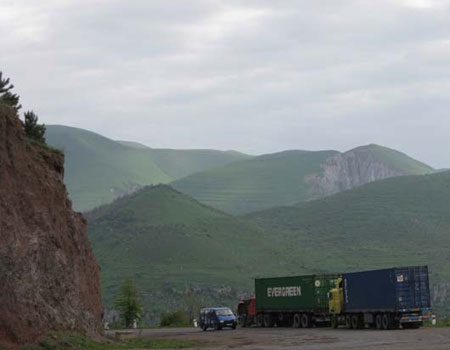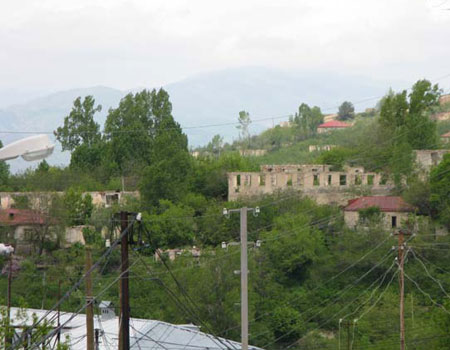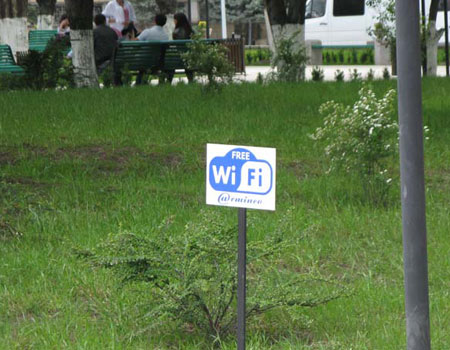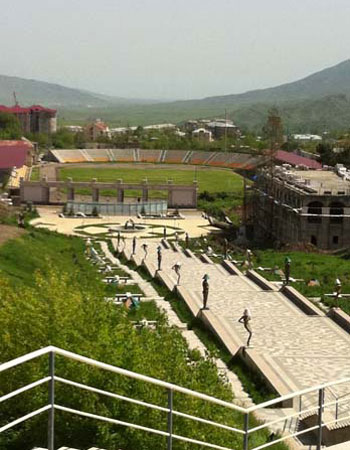First deputy editor of Ekho Moskvy (“Echo of Moscow”) radio station Sergei Buntman, who after a recent trip to Nagorno-Karbakh has been declared a persona non-grata by Azerbaijan, on May 27 published photos and described his trip to the de facto republic on his blog.
“To get to Nagorno-Karabakh is an entire story: 360 km from Yerevan; it’s not possible any other way. Of course it would be faster through Azerbaijan — but, in the past 20 years, it’s somewhat difficult, for well-known political reasons,” writes the journalist on his blog.
Buntman emphasizes the fact that there is a border between Armenia and Nagorno-Karabakh, “with guards and checkpoints. There is also a real visa, which is glued into your passport and automatically blocks subsequent entry into Azerbaijan. However, there are no armored tanks and harsh Fedayeen wrapped in cartridge belts on the border there… There are no other markings to help you understand that you are in an unrecognized state. Only the mountains: entering Karabakh they are completely different, completely covered in vegetation. And flags. Karabakh’s flag is a copy of the Armenian flag except that one part is separated with white teeth — as a symbol of a divided nation,” Buntman writes.
Road to Nagorno-Karabakh
Lachin old houses
The Moscow-based journalist describes how there aren’t as many ruins and how over the years the houses been restored. And visible from a distance is “the first sign of the last war, the famous Lachin corridor linking Armenia and Nagorno-Karabakh. Fighting for this strip of land was particularly bloody.”
Buntman then goes on to describe the situation in Lachin and Shushi (Shusha), mentioning the newly constructed museum in Lachin and the homes with empty windows in Shushi.
“Left in the back is Shushi, the city fortress, and below, in the valley, Stepanakert, the capital of the republic. During the Karabakh war, the city came under fire from all sides… and it’s more surprising to see a prosperous city instead of wreckage… Stepanakert is a very modern city: in every corner there are ATMs, currency exchange points and in Central Park — free WiFi.”
“One of the main attractions [in Stepanakert] is the new airport building. The airport hasn’t yet opened, but the terminal is completely ready. It remains only to extend the runway. The airport is quite small; at the same time, it can fit up to 100 people (50 arriving, 50 departing). Well the aircraft will be small too. But the terminal looks quite modern: no nonsense, no fuss, just shiny metal and blue glass. Initially they promised it would open in May, but then the opening was moved to the fall.”
Stepanakert airport
“Another interesting detail is the stadium. It accommodates 15,000 people and looks much better than many Russian stadiums. Of course, almost nobody plays here — only the local club — since the arrival of any professional [football] club, including from Armenia, to an unrecognized republic will inevitably turn into a scandal.
Stadium
“It’s fair to say that Stepanakert is a capital city and centralized here are all the organs of state power, and accordingly, the finances. The effects of war are much more noticeable in other cities,” summed up Buntman.
 Epress.am News from Armenia
Epress.am News from Armenia







